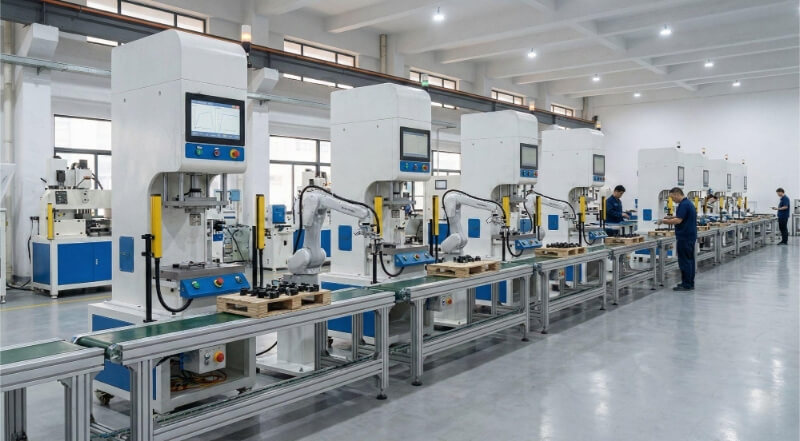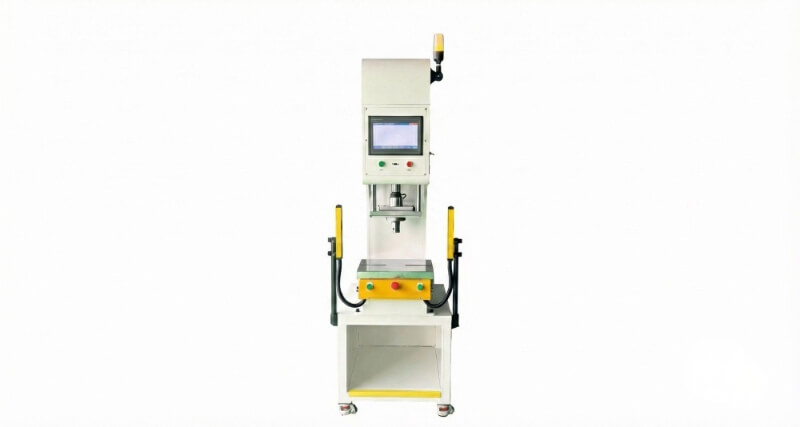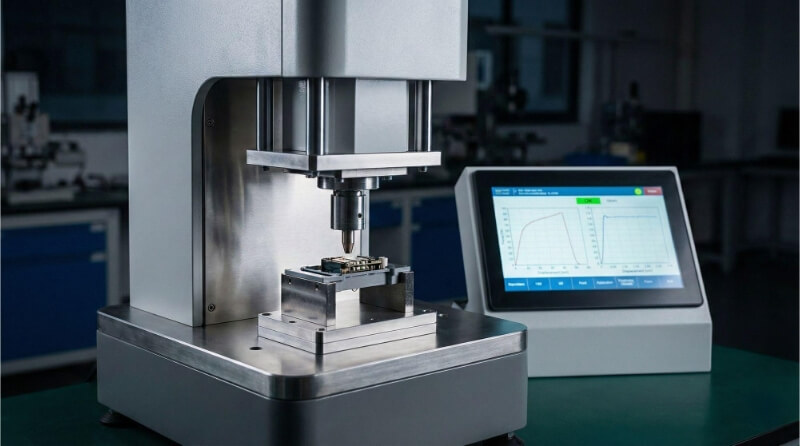Most people want metal parts to look better and last longer. If you use untreated steel, you will likely face rust, scratches, and surface wear. This makes parts lose both function and value. Black oxide coating addresses this issue by providing a uniform, economical, and durable protective layer. It enhances appearance while minimizing corrosion.
Black oxide has a unique look and valuable benefits. Many shops choose it for its fast and affordable finishing. Want to know how it works and why it matters? Keep reading.
What Is Black Oxide Coating?
Black oxide coating is a surface treatment applied to metals, including steel and iron. It creates a dark, smooth layer through a controlled chemical reaction. This finish is not shiny and doesn’t reflect light. Unlike paint or powder coating, it doesn’t add thickness to the part. The black layer is skinny, just a few microns. So, it won’t change the size or shape of the part.
This coating helps protect against light rust. It also makes parts easier to clean and gives them a clean, uniform look. Black oxide is often used on tools, fasteners, and machine components.
The coating forms when the metal is dipped into a hot chemical bath. This solution usually contains sodium hydroxide, nitrates, and nitrites. These chemicals react with the metal surface.
The solution reacts with the iron in the metal to form magnetite (Fe₃O₄). Magnetite is black and stable. It bonds with the base metal rather than sitting on top of it.
After this step, the part is usually dipped in oil or wax. This final coating fills in the tiny surface pores and helps the part resist rust better.
Types of Black Oxide Coating
Black oxide coatings are available in three primary types. Each one uses a different temperature range and setup. Choosing the right type depends on your production needs and part usage.
Hot Black Oxide
Hot black oxide is the most common and durable type. It involves dipping parts into a heated solution at around 285°F. The solution contains caustic soda and oxidizing salts.
This method forms a true magnetite layer on the surface. The result is a dark, even finish with good wear resistance. After blackening, parts are usually sealed with oil.
This type is ideal for tools, machine parts, and automotive components. It requires careful handling because the chemicals are highly caustic and must be maintained at a stable, high temperature.
Cold Black Oxide
Cold black oxide does not use heat. The parts are dipped in a room-temperature solution that contains copper-based chemicals.
This method produces a similar black appearance, but the coating is applied directly to the metal. It does not create a true magnetite layer.
Cold black oxide is easier and safer to apply. It’s suitable for decorative use or low-contact parts. However, it offers less corrosion and wear resistance than the hot method.
Mid-Temperature Black Oxide
Mid-temperature black oxide operates at 200–245°F. It gives similar results to hot black oxide but with a safer, lower-heat process.
This option reduces the risks and energy consumption associated with hot baths. It still forms a magnetite layer and works well on most steel parts.
It’s a popular choice for shops looking for a balance between safety, durability, and cost.
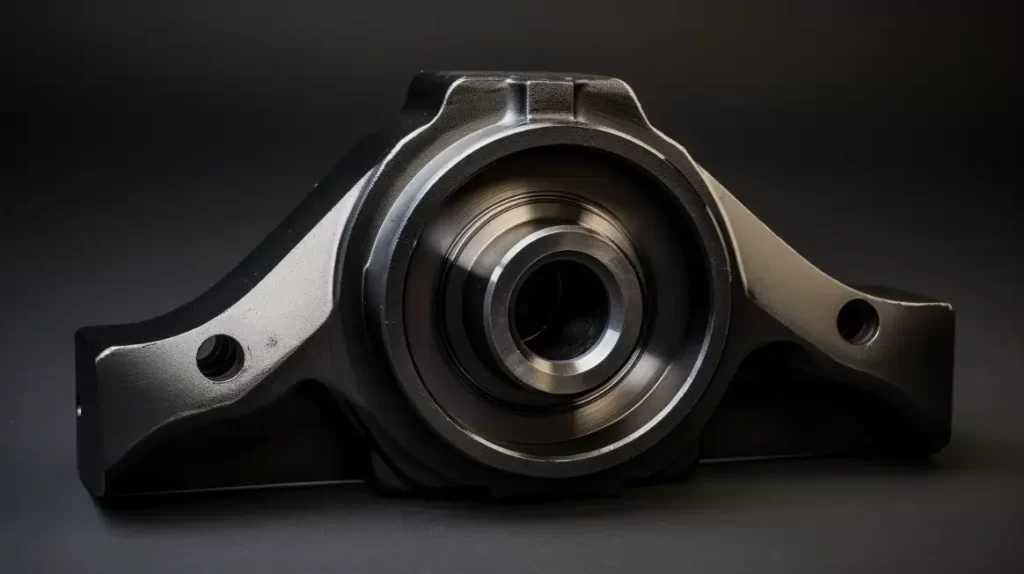
Materials That Accept Black Oxide
Black oxide works on specific metals. The finish quality depends on the material’s composition. Here’s a look at the most common materials.
Carbon Steel and Alloy Steel
Carbon steel is the most common material for black oxide. The process works effectively on both low- and high-carbon grades.
Alloy steels with added elements, such as chromium or molybdenum, also accept the coating. The surface reaction is stable, resulting in a dark, uniform finish.
Stainless Steel
Stainless steel can be blackened, but it requires a special black oxide process. Standard hot black oxide doesn’t work due to the chromium content in stainless steel.
The modified treatment includes an acid activation step before blackening. It strips away the passive layer, allowing the surface to react appropriately.
Copper and Brass
Copper and brass don’t form magnetite, so they use a different blackening method. It’s still called black oxide, but the chemistry is different.
The coating forms through a reaction with sulfides or selenides, not nitrates. The result is a blackened surface layer that sticks well to the base metal.
The Black Oxide Coating Process Step-by-Step
Each step in the black oxide process plays a key role. Clean surfaces, precise timing, and the proper sealant ensure consistent results. Here’s how the process flows from start to finish.
Step 1: Cleaning and Surface Preparation
Parts must be free of oil, rust, and scale. Any surface dirt can block the chemical reaction. If the part isn’t clean, the black oxide won’t form evenly.
Common cleaning steps include alkaline degreasing, acid pickling, or abrasive blasting. These remove grease, oxidation, and other surface layers.
Step 2: Application of the Black Oxide Solution
The cleaned parts are dipped into a heated bath of black oxide. For hot black oxide, the temperature is around 285°F.
The solution contains sodium hydroxide and oxidizing agents. The chemicals react with the metal surface, converting iron to magnetite (Fe₃O₄). The time in the bath is usually 10 to 30 minutes. It depends on the material and the type of bath.
Step 3: Rinsing
After blackening, the parts undergo a rinse step. This removes any remaining chemical residue.
Clean water prevents carryover into the sealing stage. It also cools the parts and prepares the surface for final treatment. Rinsing must be done thoroughly to avoid contamination or spotting.
Step 4: Sealing
Parts are then dipped in oil, wax, or a corrosion inhibitor. This final step fills the surface pores and locks in the black layer. The sealant protects the part from moisture and adds mild rust resistance.
Different sealants can be used depending on how the part will be used. Oil is standard for tools and industrial parts. Wax or dry sealers are more suitable for cosmetic use.
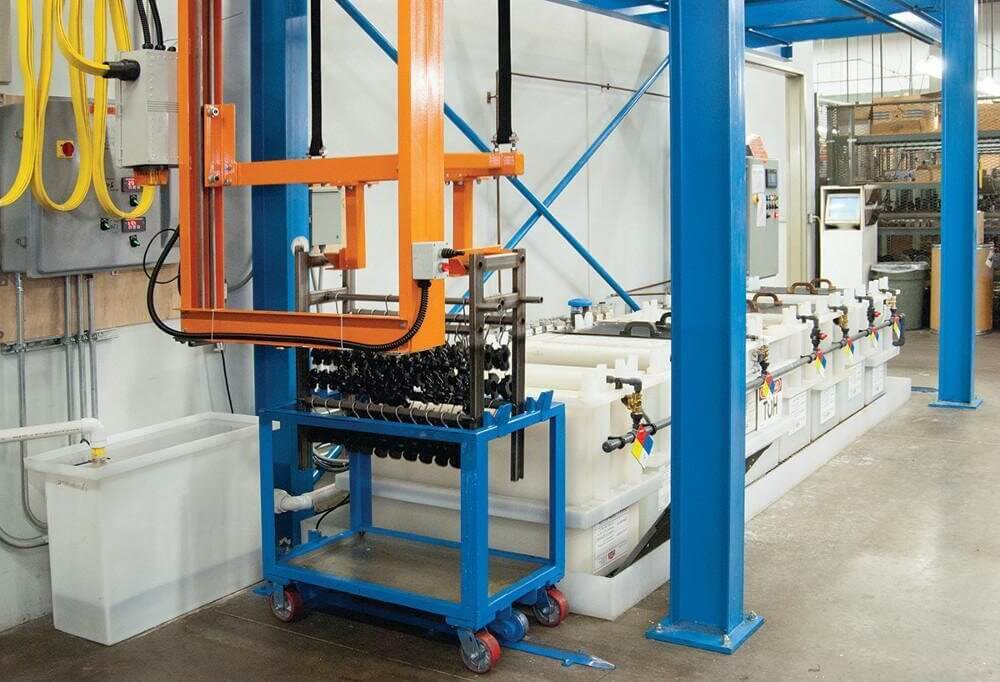
Physical Properties of Black Oxide Coatings
Black oxide coatings offer functional surface improvements without changing part geometry. The treated layer is thin, but it provides benefits in terms of durability, appearance, and protection.
Thickness
Black oxide is a thin coating. The typical thickness is just 0.5 to 2.5 microns. This thin layer does not affect part dimensions or fit. You do not need to adjust tolerances or worry about interference. Because it is so thin, the base metal texture remains visible after coating.
Hardness & Wear Resistance
Black oxide adds a hard surface to the metal. The magnetite layer is tougher than bare steel but is not as hard as ceramic or chrome plating. The finish can resist light abrasion, scratches, and daily handling. However, it is not meant for heavy wear.
Corrosion Resistance
Black oxide provides mild corrosion protection. The layer slows down rust but will not stop it in harsh or wet environments. The final sealant (oil, wax, or another inhibitor) is what gives most of the rust protection. Without it, the coating does little to prevent corrosion.
Thermal Stability
Black oxide can handle high temperatures without peeling or changing color. The coating remains stable up to about 600°F (315°C). This makes it suitable for tools, fasteners, or machine parts that are exposed to heat during regular use.
Benefits of Black Oxide Coating
Black oxide coating offers several practical advantages for metal parts. It is often chosen for its simplicity, consistency, and performance in various industries. Below are the key benefits explained clearly.
Corrosion Resistance
Black oxide provides mild corrosion protection. The chemical layer itself isn’t powerful against rust, but when combined with oil or wax, it helps block moisture. This top seal soaks into the coating and slows down oxidation. The result is a part that lasts longer in storage or when used indoors.
Low Cost
The process is simple and affordable. It doesn’t need expensive materials or complicated equipment. This makes it a cost-effective choice for high-volume production. Since there’s no need for grinding or re-machining after coating, you also save time.
No Dimensional Change
The coating is very thin—just a few microns thick. It doesn’t add measurable thickness to the part. That means critical dimensions stay the same. This makes it an excellent option for parts with tight tolerances, such as gears, threads, or precision tools.
Reduced Glare
The black finish helps cut down reflections. This is helpful for tools, scopes, or machinery used in bright settings. It also gives the part a uniform, matte look. Many manufacturers choose black oxide for both its aesthetic appeal and functional benefits.
Limitations and Drawbacks
Black oxide has its uses, but it’s not the right choice for every part or environment. Here are some key limitations to consider before selecting this finish.
Not for Extreme Conditions
Black oxide isn’t meant for outdoor use or harsh environments. It holds up well indoors, but it doesn’t resist salt, chemicals, or high humidity for long. If your part will be exposed to extreme conditions, other coatings, such as zinc plating or powder coating, may work better.
Limited Color
Black oxide only produces one color—matte black. This might be fine for most industrial parts, but it doesn’t offer variety. If your project needs specific colors for labeling, branding, or visual contrast, this finish won’t meet those needs.
Maintenance Needs
The oil or wax topcoat that boosts corrosion resistance can wear off over time. Parts may require reapplication, especially if they are frequently handled or cleaned with strong chemicals. Without the sealant, rust can form quickly.
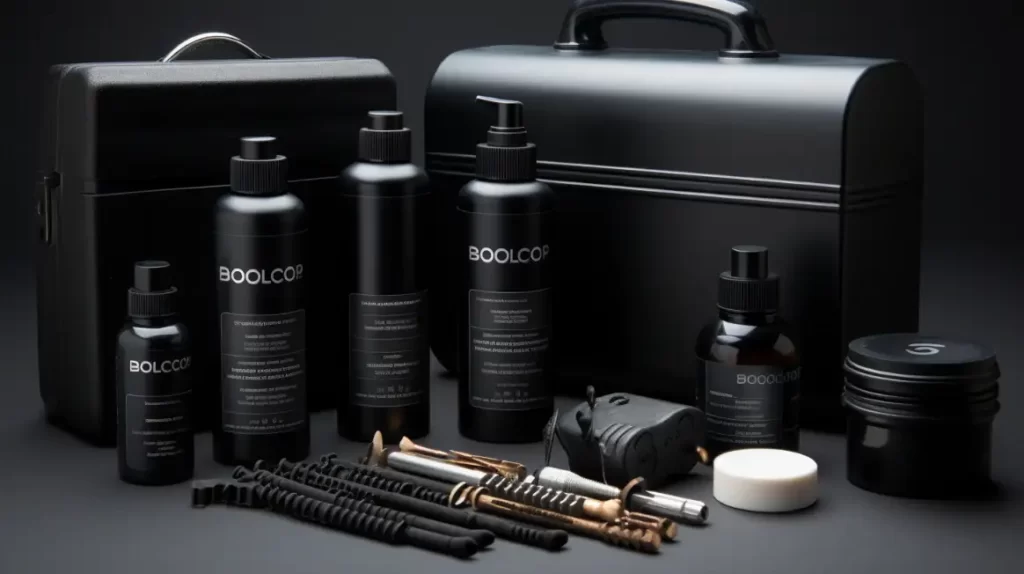
Industrial Applications
Black oxide coating is widely used in industries where metal parts need a clean look and basic rust protection. It’s affordable and doesn’t change part size, which makes it a practical option for many manufacturers.
Automotive
In the automotive industry, black oxide is commonly used on fasteners, washers, and brackets. These parts need to stay within tight size limits, so a thin coating works best. The dark finish also cuts down glare under the hood and helps protect parts from rust during storage and assembly.
Aerospace
In the aerospace industry, many parts require extreme precision. Black oxide is used on tools, jigs, and support equipment because it gives a smooth finish without affecting size. The coating also reduces glare, which is helpful in bright or outdoor settings.
Consumer Products
Many everyday tools, such as scissors, knives, and hand tools, use black oxide. The dark finish makes them look uniform and helps hide smudges and minor scratches. It also gives a smooth surface that feels good in the hand and is easy to clean.
Machinery Components
Parts like shafts, gears, and bushings often have a black oxide finish. The coating helps reduce glare and gives a trim level of rust protection. Most importantly, it keeps the parts the right size, which is key for assembly.
Comparing Black Oxide to Other Finishes
Each surface finish serves a different purpose. Choosing the right one depends on the part’s use, the environment, and the budget. Here’s how black oxide stacks up against other standard coatings.
| Feature | Black Oxide | Zinc Plating | Phosphate Coating | Anodizing |
|---|---|---|---|---|
| Base Material | Steel, Iron | Steel, Iron | Steel, Iron | Aluminum |
| Coating Thickness | Very thin (0.5–1.5 µm) | Thicker (5–25 µm) | Medium (2–10 µm) | Thicker (5–25 µm) |
| Corrosion Resistance | Low (with oil or wax) | High | Medium | High |
| Dimensional Impact | None | Slight | Moderate | Moderate |
| Color Options | Black only | Silver, yellow, black (with dye) | Gray to black | Many colors |
| Wear Resistance | Low to Medium | Medium | Medium to High | High |
| Cost | Low | Medium | Medium | High |
| Best Use Case | Indoor parts, tools, aesthetics | Outdoor parts, corrosion protection | Base for paint/oil, wear parts | Decorative and corrosion protection for aluminum |
Conclusion
Black oxide coating is a thin, black finish applied to steel and iron parts. It improves appearance, adds mild corrosion resistance, and keeps part dimensions unchanged. It’s a low-cost option often used for tools, fasteners, and components of machinery. While it works well for indoor use, it needs a topcoat of oil or wax to stay effective.
Do you need custom black oxide–treated parts or guidance on the ideal surface finish for your project? Contact our team today to receive expert support and a customized quote tailored to your specific needs.
Hey, I'm Kevin Lee

For the past 10 years, I’ve been immersed in various forms of sheet metal fabrication, sharing cool insights here from my experiences across diverse workshops.
Get in touch

Kevin Lee
I have over ten years of professional experience in sheet metal fabrication, specializing in laser cutting, bending, welding, and surface treatment techniques. As the Technical Director at Shengen, I am committed to solving complex manufacturing challenges and driving innovation and quality in each project.

